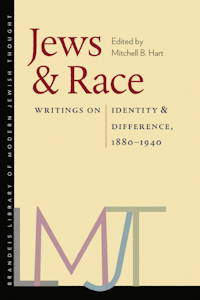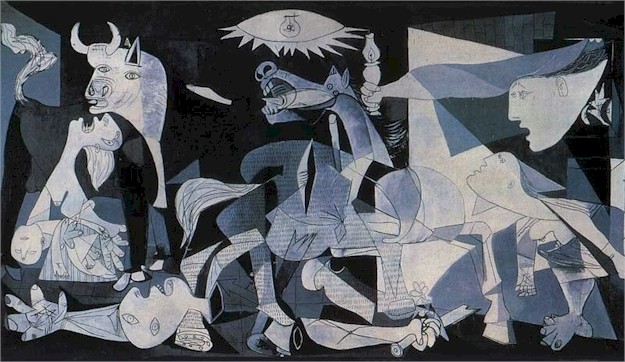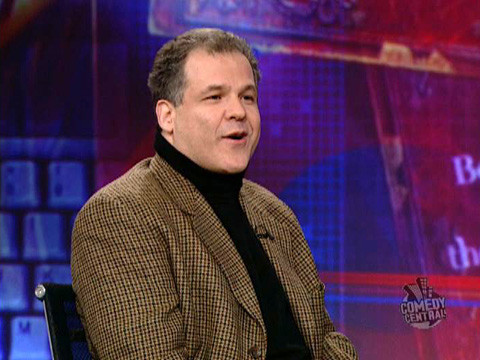Jews and Race: A Pre-Boasian Perspective, Part 1
PART 1
Whether the Jews comprise a religion, a nation, an ethnic group, or a race (or a combination of these) has always been central to the Jewish Question. The recently published Jews & Race — Writings on Identity and Difference 1880–1940 (edited by Mitchell B. Hart) is an anthology of Jewish writing which offers a fascinating insight into Jewish racial thinking during a period when hierarchic social-Darwinian race theory was generally accepted throughout the West. Before the rise of Boasian anthropology in the 1920s and 1930s, Western anthropologists posited a direct correlation between external racial traits and internal psychological traits. Skin color was regarded as not just a physical attribute, but an external racial marker tied to a correlative set of intellectual, political, and cultural capabilities. Given the consistent results from over 90 years of IQ testing of different racial groups (as defined by external traits like skin color) and other race-based life history statistics, we know this methodology, long dismissed by those within the Judeo-Marxist intellectual establishment as “pseudoscience,” to be entirely valid.
The Jewish socialist writer Chaim Zhitlowsky expressed the orthodox view in 1939 when he noted that “it is understood that each Volk is endowed with certain characteristic traits, some bodily, some mental. Such traits are transmitted hereditarily from generation to generation, and determine how in fact a people receive the phenomena of the external world and how it reacts to these phenomena. On such traits depend the particular and specific national customs or manners, insofar as the blessed children of a people, the most gifted by nature, bring forth human cultural treasures.” The study of racial differences was held by Zhitlowsky to be necessary “in order to clarify the fundamental role of biology in human progress. Here the history of culture must be considered with racial descent in thinking about the creator of culture, and it is not a superfluous or meaningless thing to take [the biological] into account.” Read more








